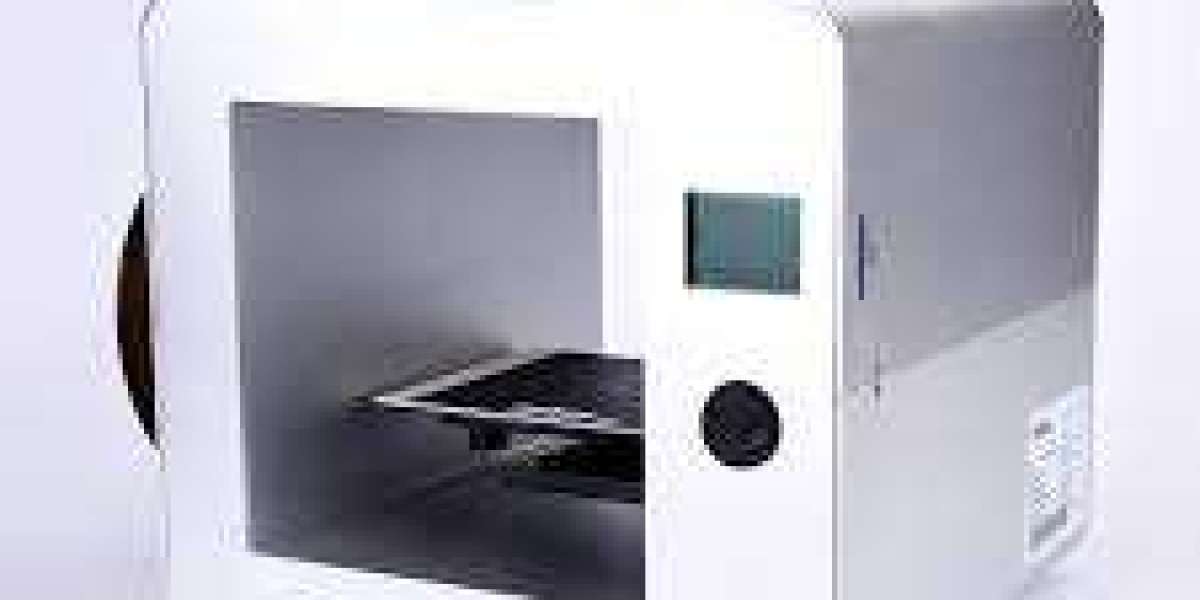Core XY printers, known for their speed, precision, and stability, rely on an optimized air duct system to manage airflow around the hot end and bed. Properly designed air ducts not only improve print quality by regulating cooling rates but also enhance the overall lifespan of the printer by preventing overheating. This article discusses the importance of optimized air duct design and provides practical considerations for creating an effective cooling system for core XY 3D printer.
Importance of Air Duct Design in Core XY Printers
The core XY motion system’s unique belt-driven design enables rapid and precise movements, making it especially popular for high-speed 3D printing. However, these high speeds can generate excess heat around the hot end, requiring a robust cooling system to prevent print warping, improve layer adhesion, and preserve fine details. Proper air duct design directs airflow precisely where it’s needed, ensuring optimal cooling and temperature management throughout the printing process.
Key Considerations in Optimizing Air Duct Design
1. Targeted Cooling for Print Quality: An efficient air duct system should prioritize targeted airflow to the nozzle area, where most of the heat accumulation occurs. This targeted cooling promotes even solidification of filament layers, minimizing issues such as sagging or curling, especially in complex overhangs and intricate parts. Balanced airflow distribution around the nozzle helps maintain a smooth, uniform print surface.
2. Adjustable Flow Control: Different filaments have unique cooling requirements, so an air duct system with adjustable flow control is beneficial. For example, PLA generally requires higher cooling than ABS or PETG. A well-designed air duct should allow users to modify airflow rates, either manually or through software settings, based on filament needs. This adaptability contributes to greater flexibility in material selection and consistent print quality across various filament types.
3. Aerodynamic Design to Minimize Air Turbulence: To achieve uniform cooling, air ducts should have an aerodynamic design that minimizes air turbulence. Turbulence can disrupt the controlled airflow, causing uneven cooling and print inconsistencies. Rounded and smooth duct pathways promote steady, streamlined airflow, enhancing cooling efficiency and stability during high-speed printing.
Common Types of Air Duct Designs for Core XY Printers
Several popular air duct designs can be customized for core XY printers. Radial fan ducts offer a wide-angle cooling solution, distributing air across a larger area, ideal for general cooling needs. Direct cooling ducts, in contrast, focus air onto specific zones around the hot end, beneficial for detailed or intricate models. Dual-duct systems, where one duct cools the nozzle and the other the print, are effective for high-performance cooling and help balance temperatures throughout the print area.
Advantages of Optimized Air Ducts
Implementing an optimized air duct system yields several benefits. Improved cooling precision leads to higher quality prints with reduced chances of layer warping or delamination. This enhanced temperature control also extends the lifespan of the hot end and other printer components, reducing maintenance needs. Additionally, optimized air ducts enable faster cooling between layers, supporting higher printing speeds without compromising quality—a key advantage for core XY machines designed for rapid performance.
Conclusion
For core XY 3D printers, an optimized air duct design is essential to achieving consistent, high-quality prints. By focusing on targeted cooling, adjustable airflow, and aerodynamic pathways, users can significantly enhance print quality and reliability. Implementing a well-thought-out air duct system not only boosts cooling efficiency but also maximizes the core XY printer’s potential, making it a valuable upgrade for serious 3D printing enthusiasts and professionals alike.








